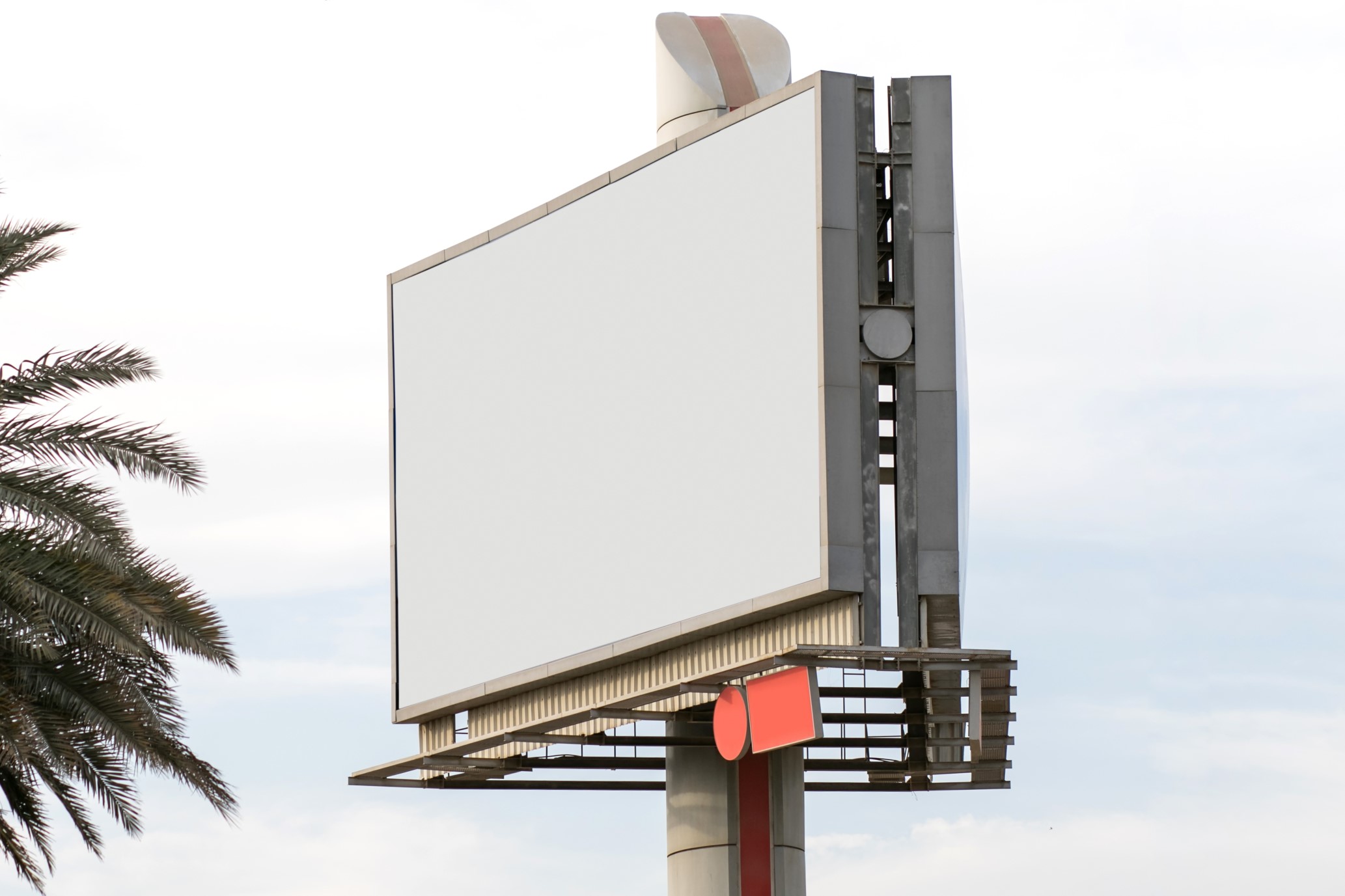
It’s a familiar but devastating fact: on average, at least one woman is killed each week in Australia by a current or former partner.
Violence against women is highly pervasive, and violence against trans and non-binary people is even more acute.
At the heart of this problem, is a culture of gender inequality.
Australians have actively sought to change this story – with intensive interrogations and responses driven by advocates, politicians, journalists and the public more broadly.
Yet, it seems we’re amid one of this story’s darkest chapters – with five women allegedly being killed in these circumstances in just one week in September.
It begs the question: what else can be done? Who else can and needs to step up, and be part of writing this next chapter – one where a person’s gender doesn’t equate to living with an increased risk of violence, nor prohibit them from having fair and equal access to opportunity?
Following successful interventions in journalism, as a setting for the primary prevention of gender-based violence, attention is turning to another industry, with vast potential to drive progress: advertising.
As a cultural product, advertising has the capacity to perpetuate sexist attitudes, beliefs and behaviours, as well as the power to transform them.
Fast, furious and ephemeral, advertising is particularly susceptible to applying stereotypes and stories that draw out, rather than overcome, differences – in relation to gender, as well as ethnicity, race and class.
That’s because stereotyped representations can be grasped quickly, conveying meaning effectively to achieve their desired outcome.
But there is clear evidence that rigid stereotypes of women (and men) in advertising contributes to negative health outcomes, and the cultures that enable gender-based violence.
In this way, advertising is not only undermining a range of work and investment in preventing gender-based violence – it’s failing to keep up with consumer expectations, and demands for brands to be more authentic, more socially conscious and to champion causes like gender equality.
While many advertising executives are aware of the damage caused by gender stereotypes, and some beacons of hope exist, they’re not necessarily equipped to challenge current practices alone.
Some countries, like the UK, have taken a top-down approach, with stricter regulations on gender stereotypes in ads. The outcomes of these initiatives will provide some insights as to whether this approach could work in Australia.
But whatever way it happens, change require a whole-of-system approach, with intervention from industry, community, regulators and government.
The question is: are we willing to act together, and change the story for good?
We’ll ask this question at an upcoming conversation we’re hosting with Women’s Health Victoria, who is leading a government-funded project to promote gender equality in advertising. The session will bring together leading industry voices – including creative agencies, brand owners, media owners and more – to consider the barriers and opportunities for change.

